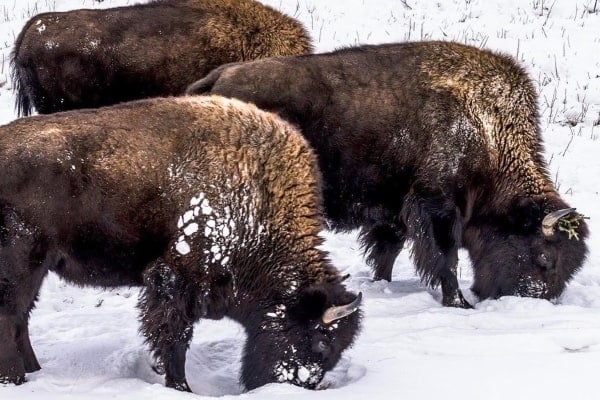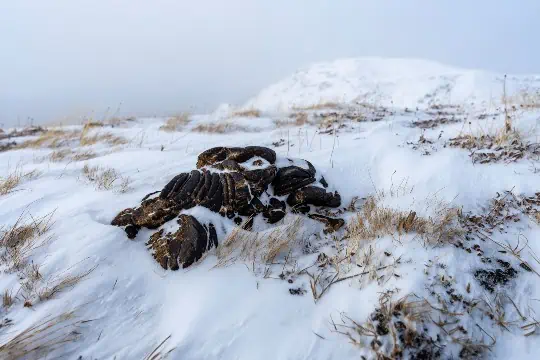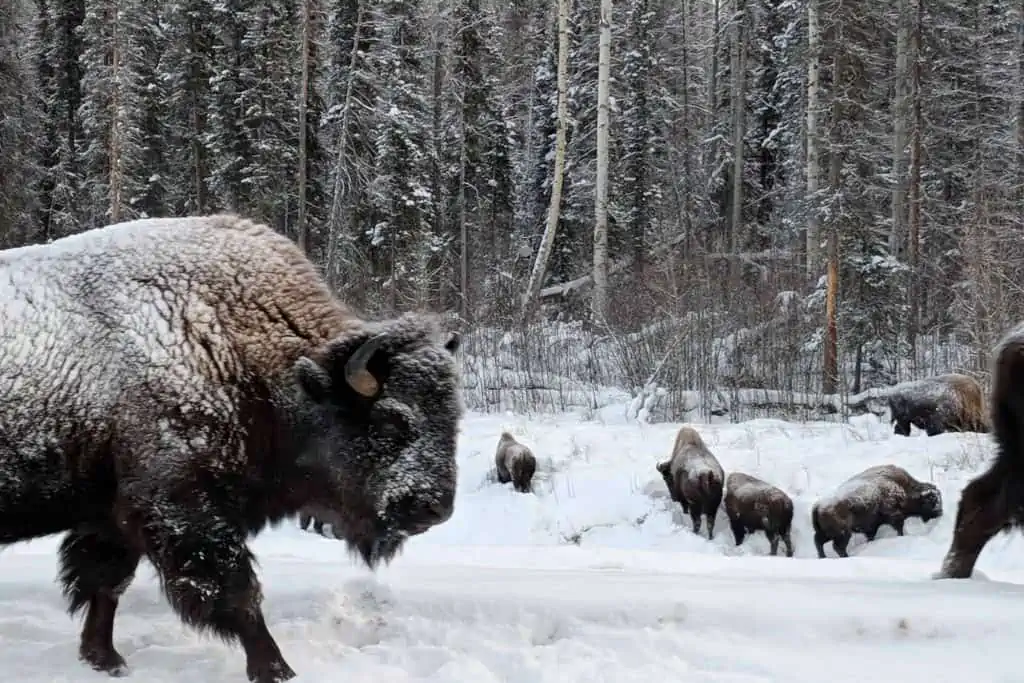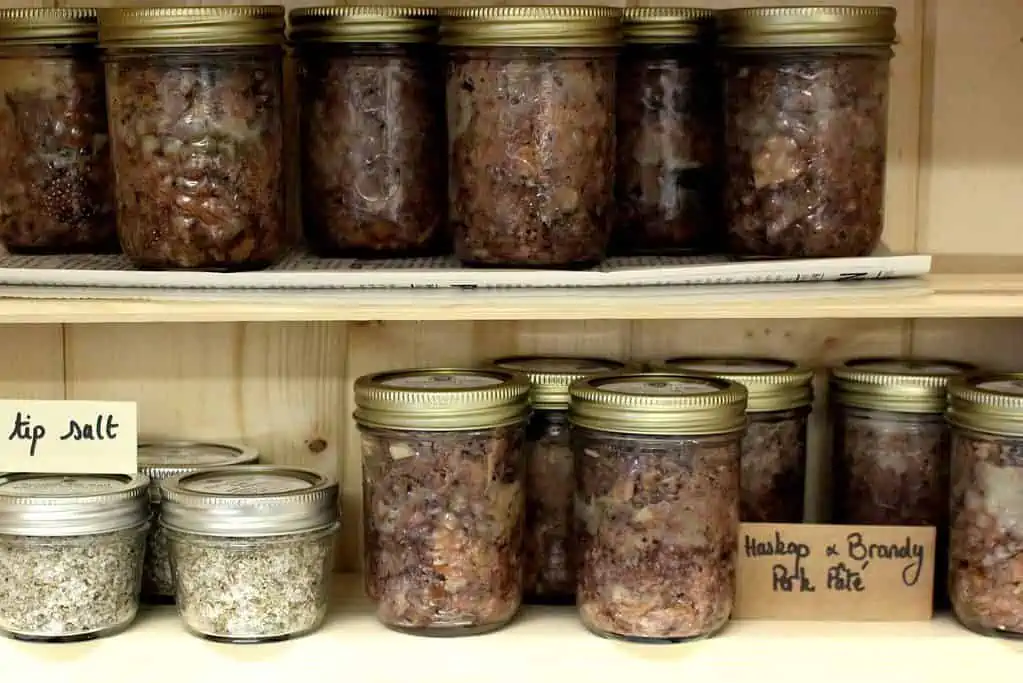In the early 1500s, when the European settlers first set foot on North American shores, the bison (often wrongly referred to as buffalo) numbered in the tens-of-millions. The herds roamed as far as the eye could see, from Mexico, northward to the Canadian border. The numbers of settlers steadily increased. By the turn of the 18th century, the bison’s number fell dramatically and the bison became extinct on the east side of the Mississippi river.
The meat of the Bison was a cherished treat to the European settlers, but often the bison was killed simply for its hide or even just its tongue. As the railroad kept venturing further west, the bison were often just shot for the sport of it and left to rot. In Canada, the wood bison’s numbers also fell dramatically. By 1900, less than 300 had survived the wave of new settler humans.
Only through the conscientious work of conservationists in Canada and the United States, and their effort to see laws put into place to save the bison from total annihilation, was the future of bison guaranteed.
The average weight for matured male bison would tip the scales at around 2,000 lbs. As with domestic cattle, the female bison is smaller. She weighs about 1,000 lbs. Bison are grazing animals and continue to take a bite of grass, take a few more steps and then another bite or two before moving on. It should be pointed out that the bison mating season takes place from July through to August. The bison can become very aggressive during this time and it is wise to take pictures at a safe distance between. In 2020, a 43-year-old hunter was killed by a charging male bison.
The introduction of Bison into the Yukon
In 1928, Alaska was first to introduce the bison into the northern part of North America. In 1945, Dr. Doug Clark (who in later years would become Chief of Ontario’s fish and game department) undertook a study to establish if the environmental conditions of the Yukon would be suitable to introduce elk, bison and deer to the territory. In 1945, The Yukon Fish and Game Association picked up on the study. The territorial government of the day passed a vote to put $7,000 toward such a project, although there was no movement on the project until 1950. The Fish and Game Association put an additional $1,200 into the project, followed by Indian Affairs donating an additional $500 for the project.
Today, the bison herd is said to number 1,400+ and doing very well. Bison hunting has certainly attracted hunters from around the world, adding to tourism across the Yukon.
Personally, I never cook any wild meat in the same way or at the same temperatures as domestic animals. The key to this is the immediate way you dress up the animal as soon as it is down. It should hang for a short period of time to tenderize the meat, in the same way a good butcher does with domestic meat. Next, get the meat in vacuum bags and into the freezer as soon as possible.
Some might think they would never eat a wild animal but personally I have eaten muskrat, beaver, bobcat, bear, moose, caribou, deer and even rattlesnake. Don’t condemn it until you have tried it.
Here is a recipe for you to try:
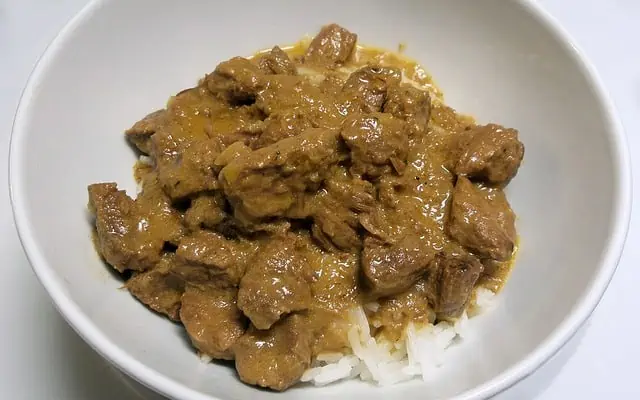
Bison Stroganoff
Ingredients
Instructions

